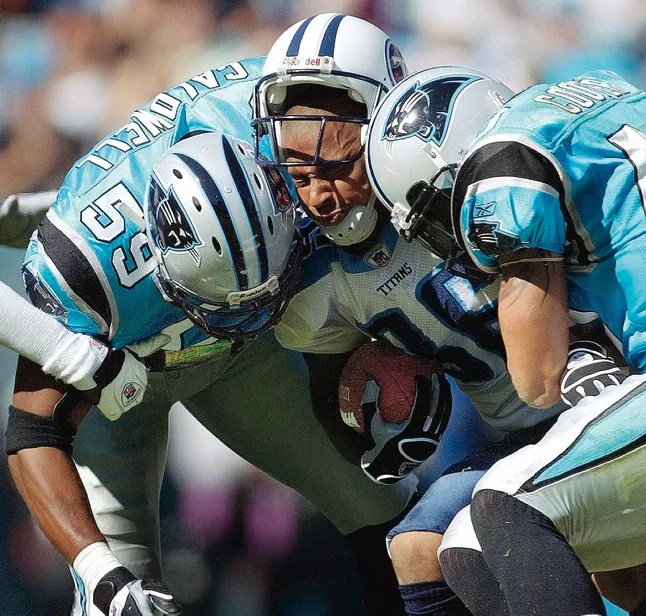Football remains America’s most popular high school sport, with over 1 million participants annually according to the National Federation of State High School Associations (NFHS). But with that popularity comes risk—especially concussions. The Centers for Disease Control and Prevention (CDC) estimate that high school football accounts for roughly 300,000 concussions each year, making up 9% of all sports-related injuries in this age group. Over the past decade, research and technology have driven a seismic shift in how schools manage these brain injuries, transforming sideline protocols and return-to-play guidelines to prioritize player safety.
One major catalyst was a 2019 study published in the *Journal of Athletic Training*, which found that high school football players who returned to play within 7 days of a concussion were 2.5 times more likely to suffer a second concussion within the same season. This underscored the dangers of premature return and spurred the NFHS to update its guidelines. By 2023, all 50 states had adopted standardized concussion protocols, including mandatory removal from play after a suspected head injury and a graduated return-to-play process spanning at least 5 days. These rules lean heavily on tools like the Sport Concussion Assessment Tool (SCAT5), which assesses symptoms, balance, and cognition right on the sideline.
Technology has also stepped up. Helmets embedded with impact sensors—such as Riddell’s InSite system—have become more common in wealthier districts. A 2024 report from the *American Journal of Sports Medicine* found that schools using these sensors reduced unreported concussions by 30%, as coaches could track hit severity in real time. Meanwhile, innovations like the VICIS ZERO2 helmet, which topped Virginia Tech’s 2023 safety ratings with a 0.93 score (lower is better), use flexible materials to absorb impact, cutting force transmission to the brain by up to 25% compared to older models.
The impact is tangible. In Texas, a state with one of the highest football participation rates (165,000 players), the University Interscholastic League reported a 15% drop in diagnosed concussions from 2020 to 2024 after mandating sensor-equipped helmets for varsity teams. Schools like Allen High School have gone further, implementing baseline neurocognitive testing for all players using the ImPACT system, which helps trainers spot subtle post-injury declines.
Still, challenges remain. Smaller schools often lack funding for advanced gear, and a 2022 NFHS survey revealed that 40% of rural programs still rely on outdated helmets. Education gaps also persist—coaches and parents sometimes push for faster returns, ignoring the science. But the trend is clear: concussion management in high school football is evolving, driven by data and a growing consensus that no game is worth a lifetime of impairment. As research continues, expect even stricter protocols by 2030, possibly including mandatory rest periods after high-impact games, concussion or not.



